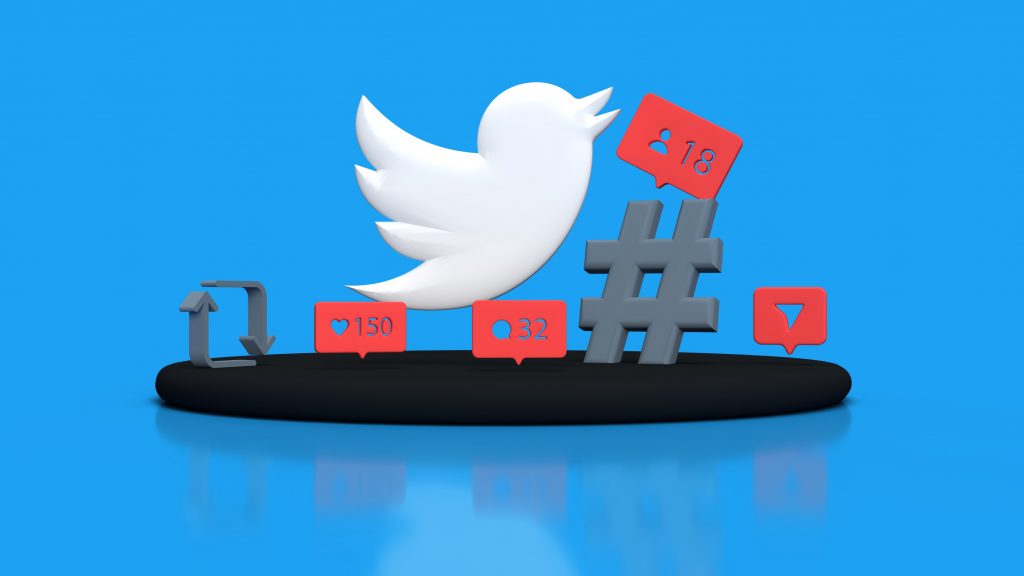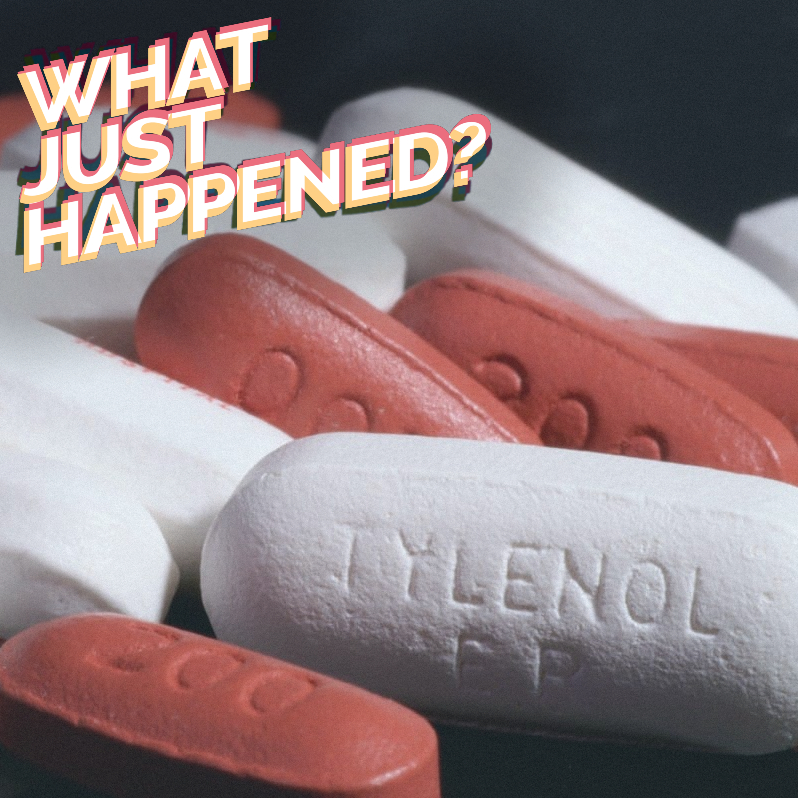Social networks love posts that provoke strong emotions – these tend to be shared widely as we often can’t help but react to them. A like, an outraged quote post or a reply – all are ways we tell the app, “More of this please!”.
Researchers began to find evidence years ago that social media users love to share posts that trigger activating emotions (emotions that make us want to act). Anger, for example, is an activating emotion, while sadness isn’t. Of course, we still share and react to posts that make us feel sad, but they don’t tend to become as catastrophically viral as the fierier social media posts.
Anonymity (which is crucial for many social media users) helps us feel less inhibited in expressing our anger online. We’re a step removed from our actions, and it’s easier to brush off any consequences of our words.
The combination of angry posts going viral and it being easier to say things we usually wouldn’t when we’re anonymous can lead to huge social media pile-ons (where one account faces a barrage of anger and sometimes hate and threats from hundreds or thousands of people).
Even when this behaviour is targeted at a brand’s account, it can hurt the people running the page. After all, they usually can’t mute the thread or take a social media break – the brand needs to reach its customers.
The purpose of outrage
Originally, the purpose of outrage was to keep people in line and punish them for transgressions – person A felt outraged by something person B did and went to hash it out with person B, who committed the transgression. Sooner or later (maybe with some shared outrage expressed by their social circles), they’d resolve the issue. Outrage helped us survive and had a role in keeping communities together.
Things are more complicated in the age of social media.
Person A may feel morally outraged by something that doesn’t really impact them. They’ll share person B’s post (even though they may have never interacted before), encouraging others to share their sense of outrage. As the app amplifies the heated responses, you get pile-ons, social media bubbles (where people stick to those they see as safe to express thoughts around) and polarisation.
When Yale researchers looked into the topic, they found that people seemed to express more outrage over time as social media sites rewarded them for engaging with the content.
What should brands (and individuals) keep in mind?
1. Polarisation can’t be controlled or corrected with logic – it’s fuelled by emotion.
Outrage and polarisation steeps people in negative emotion and rewards them for creating more of it. It’s not something that you can use logic to tackle.
Going back to the Yale research, we see that (for example) politically extreme people tend to express more outrage on social media, whereas politically moderate people are more likely to be influenced by social media rewards (such as likes and shares). It could mean that politically moderate people become progressively more outrage-driven over time as they chase the rewards that social media offers them by engaging with more extreme content.
Brands may have to take a stand and make a statement – depending on the issue being debated (and how involved the brand is), but for regular social media users, it’s often best to stay out of the storm and mute and block as required.
2. Different generations may have different levels of tolerance for disagreement
Last year, research conducted for Channel 4 found that Gen Z had a confusing mix of opinions. In some ways, they’re much more liberal than older generations (when it comes to things like gender recognition and multiculturalism, for example), but in other ways, they are more rigid. One in four respondents aged 13 to 24 had “very little tolerance” for people whose opinions they disagreed with. Almost half said that some people “deserved to be cancelled”.
You can see this in action when you look at online communities like fandoms. Most people who are part of a fandom can tell you tales of frequent online dramas as someone is called out for saying something other people disagree with and are then subjected to mass outrage as people scramble to be seen as part of the right group.
Of course, some younger people are much more open about people having different opinions, while some older people are not. The thing that brands need to remember is how important it is to be in touch with the thoughts of the range of the brand’s fan community so that they’re prepared for a possible backlash.
3. Consider how your brand would deal with a polarised audience
Some brands – like some entertainment, sport or gaming franchises – have a lot of experience dealing with a polarised audience and frequent cycles of community outrage. But others rarely had to think about polarisation.
But, with the increase in brands speaking out (and taking action) in support of various important social issues, they’ve seen an increase in outrage, anger and hostility on their social profiles.
So, it’s important for all brands to consider how to manage their response to outrage cycles (and how they can support their social media and community managers who have to respond to – or at least see – the behaviour every day).
–
Photo by Bastian Riccardi on Unsplash








